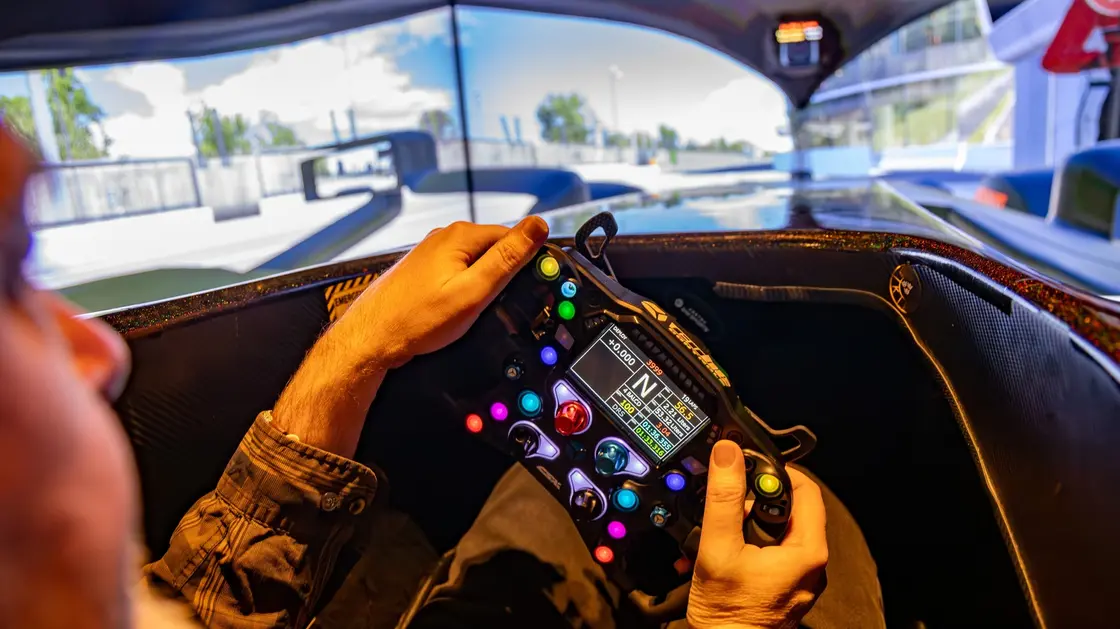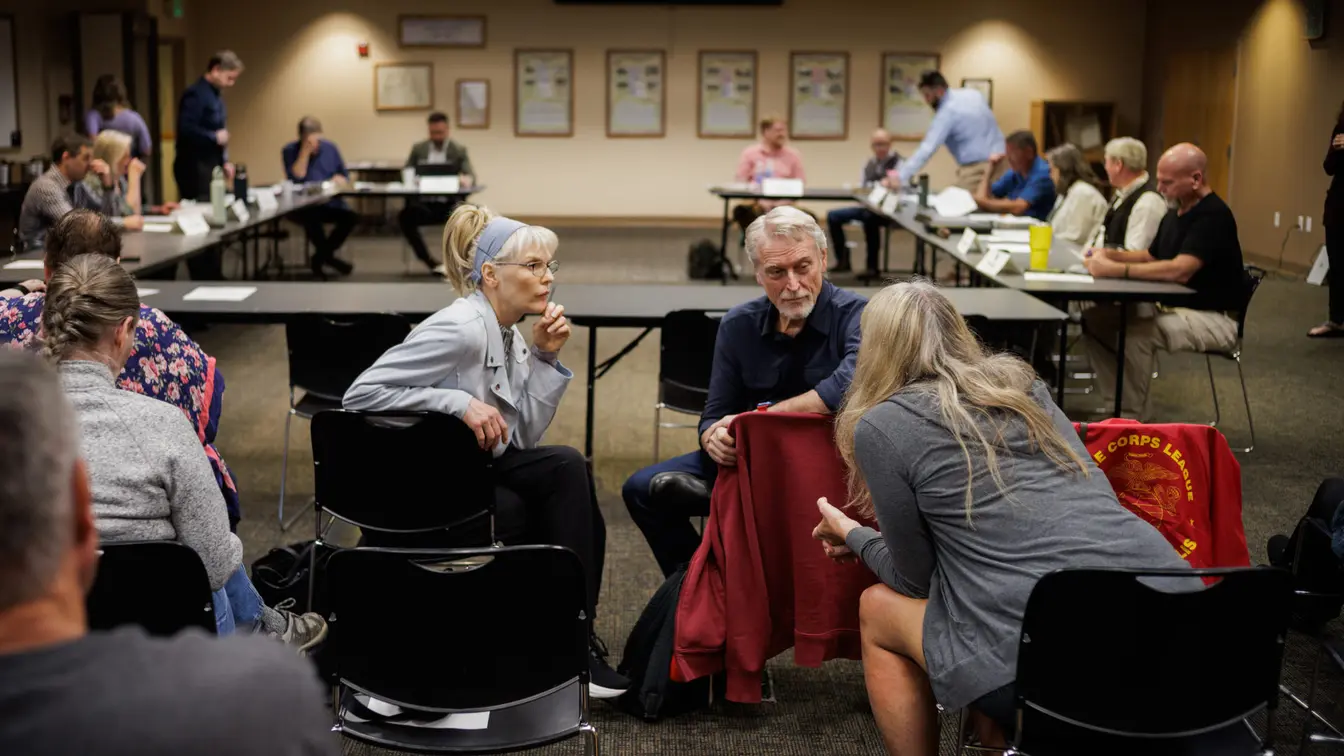T4K3.news
Sim racing becomes a real world lab for cars
A look at how racing games are shaping professional testing and autonomous driving development.

A look at how modern sim racing tools have become essential in professional racing and autonomous vehicle development.
Sim Racing Tool Becomes Secret Weapon for F1 and Car Firms
The piece explains how sim racing has moved from arcade roots to a serious testing ground for tire behavior, chassis dynamics and track data. It notes BeamNG’s collaboration with Calspan to replicate tire physics, Assetto Corsa’s laser-scanned tracks of the Nürburgring Nordschleife, Silverstone and Brands Hatch, and iRacing’s high level of realism that rivals professional simulators. It also highlights rFactor Pro, once a consumer game, now used exclusively by professional clients since 2007 to train F1 drivers and educate autonomous driving systems.
Reality and simulation feed a mutual loop. Real-world data and feedback push simulators to push further, while professional teams rely on consumer-grade platforms to test scenarios more quickly and at lower cost. The result is a convergence where the line between training tool and racing tool becomes increasingly blurred, with licensing, data ownership and access shaping who benefits most.
Key Takeaways
"Sim racing is turning into a real world lab for cars."
A concise observation about the blurring of lines between gaming and testing.
"From living rooms to the pit lane, testing just got more accessible."
Comment on accessibility and the spread of these tools.
"Tire physics learned on screen now guide real tires on track."
Note on the transfer of digital models to real-world performance.
"Autonomous driving learns faster when the track is a lab."
Expression of the synergy between simulation and self-driving tech.
This convergence marks a shift where entertainment technology doubles as engineering gear. The best sims offer precise tire models, accurate track data and repeatable tests, which helps teams experiment with fewer variables and safer ramp-ups. It also raises questions about who owns the data and how licensing norms keep pace with rapid tech transfer. As automakers and race teams lean on virtual labs, the gap between consumer hardware and professional-grade tools may widen, even as more players gain a foothold through partnerships and service models.
The story underscores a broader trend: simulation is no longer a niche hobby but a strategic asset. For the racing industry, it means faster development and safer, data-backed experimentation. For the tech world, it signals a future where driving and testing rely on digital twins more than ever. The risk is navigating IP, cost, and access so the benefits don’t stay locked behind high price tags or exclusive networks.
Highlights
- Sim racing becomes a real world lab for cars
- From living rooms to the pit lane testing just got more accessible
- Tire physics learned on screen guides real tires on track
- Autonomous driving learns faster when the track is a lab
The race now runs in code as much as on asphalt.
Enjoyed this? Let your friends know!
Related News

Le Mans Ultimate Launches for Serious Racing Fans

Switch 2 price talk

New games launch on Nintendo eShop

Damson Idris stars in big-budget film F1
Documentary Investigates Iconic Vietnam Photo Controversy

F1 Movie features real racing with Brad Pitt and Damson Idris

Tech stocks long term bets under review

Idaho Implements New Vaccine Policies Amid Trust Crisis
